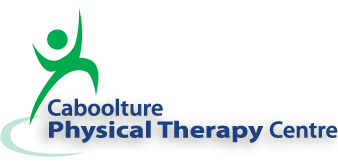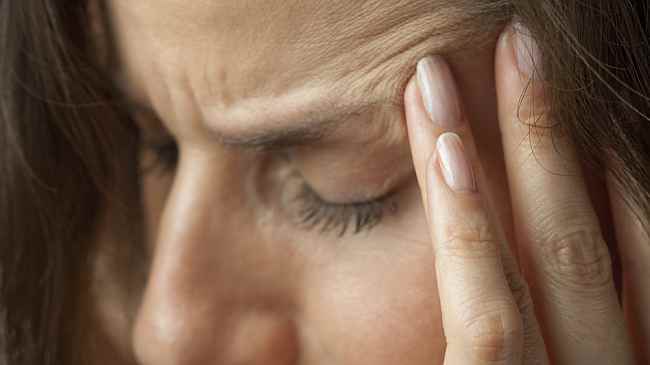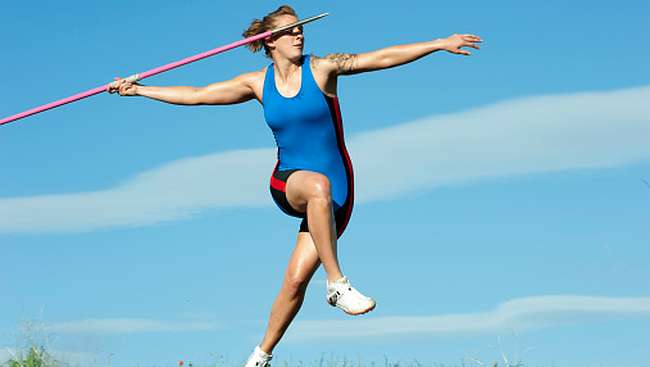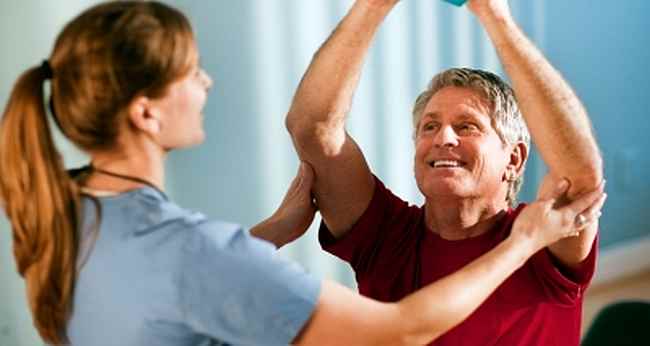Back Pain
Back pain can have many causes, such as a pulled back muscle, disc problems, arthritis, or sacroiliac joint dysfunction. In cases where there has not been a definitive diagnosis, the next question that should be asked is: How long have you been suffering? Your pain will fall into one of two categories: acute (which indicates a recent occurrence) or chronic (the pain has been with you for an extended period of time).
The two most common reasons for lower back pain are trauma and muscle imbalances. Muscle imbalances can have a negative effect on your posture, leading to what are called “postural dysfunctions.” These dysfunctions include abnormal alignment of the pelvis and abnormal curvature of the spine. This misalignment causes increased wear and tear on the joints, muscles, and ligaments—even the discs.
read more…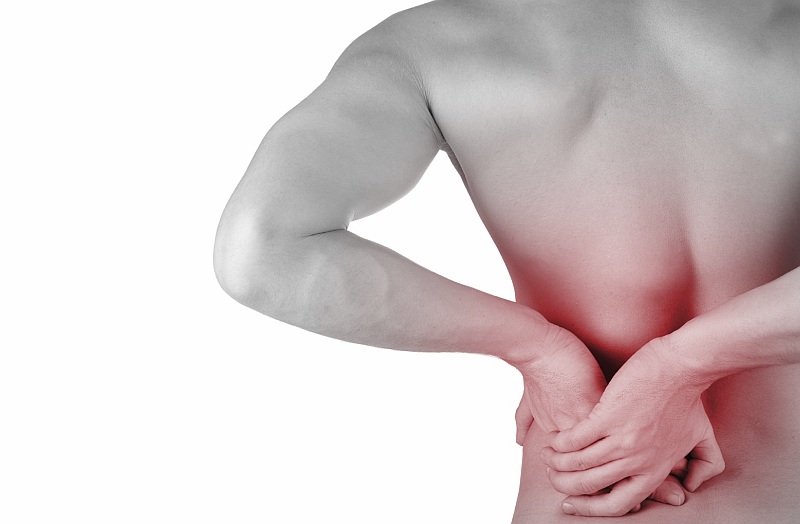
Sciatica
Sciatica is the name given to any sort of pain that is caused by irritation or compression of the sciatic nerve. When something compresses or irritates the sciatic nerve, it can cause a pain that radiates out from your lower back and travels down your leg to your calf. Sciatic pain can range from being mild to very painful.
The most common cause of sciatica is a ‘slipped disk’ however there can be other causes such as ‘stenosis’ (narrowing of the spinal passages- usually caused by age-related changes) amongst others.
The treatment for sciatica may be different to that for general low back pain and an individual assessment and treatment plan is essential. Each individual case will be thoroughly assessed by one of our physiotherapists in order to determine and deliver an appropriate individualised treatment plan.
read more…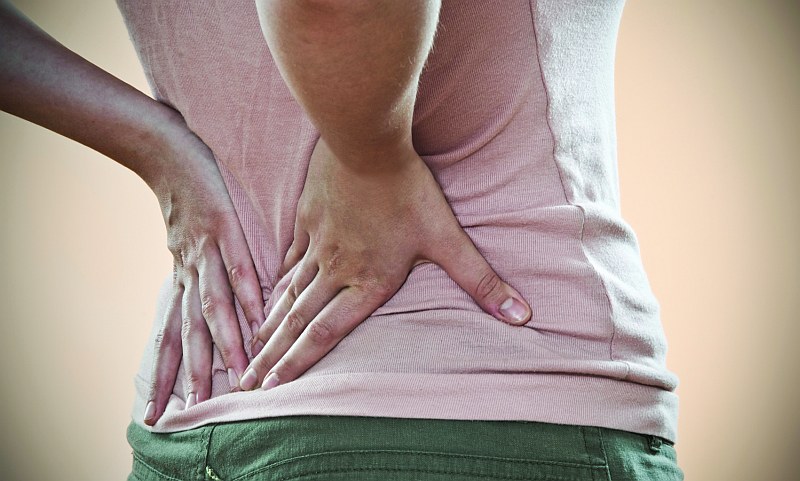
Neck Pain
The most common cause of neck pain is called ‘Cervical spondylosis’. This is a medical term used to refer to age-related ‘wear and tear’ that can affect bones and tissues in the neck. However, many people with cervical spondylosis experience no noticeable symptoms, in fact most people will have a degree of it by the time they are 60.
There are a variety of other causes which can include a bulging of the intervertebral disk between the vertebra, pinching of the nerve, wry neck (locked neck) and whiplash mechanisms, amongst others.
read more…What is whiplash?
Whiplash is a reasonably common injury that strikes a person’s neck complying with an abrupt acceleration-deceleration force, most typically from motor vehicle collisions. In 1928 the term “railway spine” was utilized to describe a similar problem that prevailed in persons involved in train crashes prior to 1928. Whiplash trauma explains damages to both the bone frameworks and soft tissues, while “whiplash associated disorders” explains a much more persistent and serious problem.
Whiplash is typically not a life endangering trauma, but it can lead to a prolonged period of partial disability. There are substantial economic expenses related to whiplash that reach millions of dollars a year in Australia.
read more…
Suffering from headaches?
Almost everyone has suffered from a headache at some stage in their life. Fortunately, most of these headaches are resolved with common, tried & tested methods such as; popping Panadol, Hydration, resting and taking nana naps.
However, there are cases for some people where headaches can be ongoing or severe and are impacting on daily living as a result. The cause of headaches are varied; eyestrain, vascular disturbance (ie, migraines), hydration levels, chemical or structural abnormalities as well as the joints of the jaw and neck.
read more…Postural dysfunction
You may have heard the phrase “We will treat the cause, not just the symptoms”, being thrown around by many Allied Health Practitioners marketing campaigns. Fortunately, this is a good method in fully rehabilitating injuries and at Caboolture physical Therapy Centre, this is standard practice.
read more…Sports Injuries
Both traumatic and non-traumatic injuries can occur in almost any sport or activity, and appropriate assessment and rehabilitation is essential to ensure a complete recovery occurs as soon as possible and to prevent re-injury in the future.
All our physiotherapists and Exercise Physiologist have a passion for treating sporting injuries. If you have had an injury, feel in discomfort following a sporting activity or feel like a physical problem is limiting your performance please call us on (07) 5495 3255 and arrange an assessment.
Lower limb bio mechanics/orthotics
Correct biomechanics plays a fundamental role in the performance of any sport/activity, as well as injury prevention. For example, a tennis player with inadequate biomechanics of their serve will result in a reduced power of delivery and would increase risk of injury. A runner who has excessive pelvic tilt can suffer with knee pain or knee injuries.
read more…Arthritis
Most people, as they age, suffer from the symptoms of arthritis, although many may not recognize the condition let alone understand their ability to reduce their pain. There are two types of arthritis, Osteoarthritis and Inflammatory arthritis. Inflammatory arthritis can present as rheumatoid, Psoriatic arthritis (linked to the chronic skin condition Psoriasis) or ankylosing spondylitis (targeting the joints of the spine).
read more…Cardiorespiratory Physiotherapy
Similarly to the rest of the body, the heart and lungs are susceptible to injury or disease. Cardiorespiratory physiotherapy refers to the prevention, treatment, and ongoing management of heart and lung conditions (such as cystic fibrosis, emphysema, COPD (chronic obstructive pulmonary disease), pneumonia and bronchitis). Physiotherapy can also assist recovery following chest surgery.
read more…Post-surgical Rehabilitation
We provide rehabilitation for all post-operative Orthopaedic procedures. Usually following your operation you will be given a referral letter or note from the surgeon if physiotherapy is to be commenced immediately. Simply call us on (07) 5495 3255 to make an appointment and bring any documentation such as referral letters/notes, X-ray or scan images or anything else which may be useful for the physiotherapist along to the initial session.
read more…